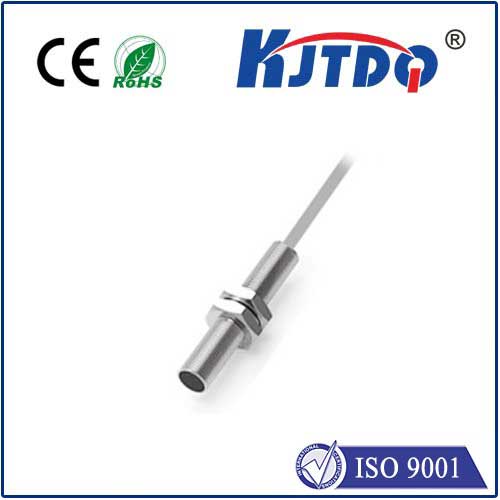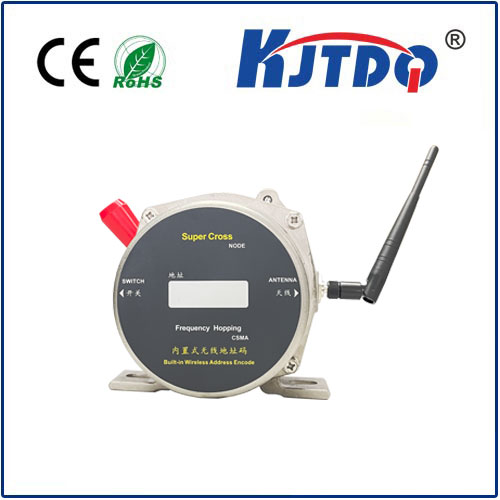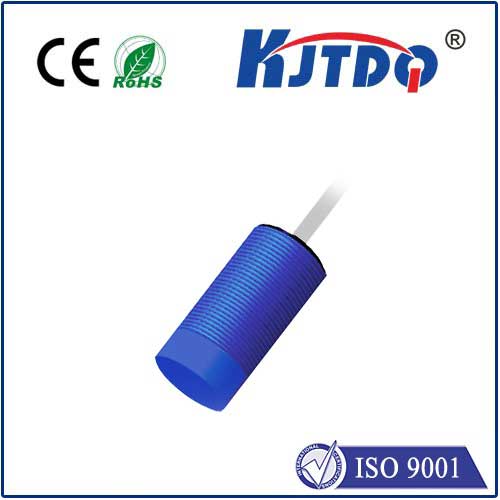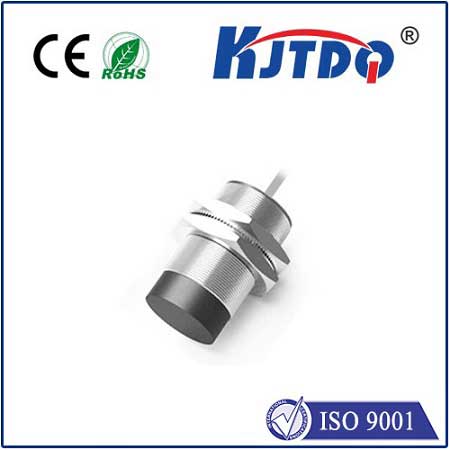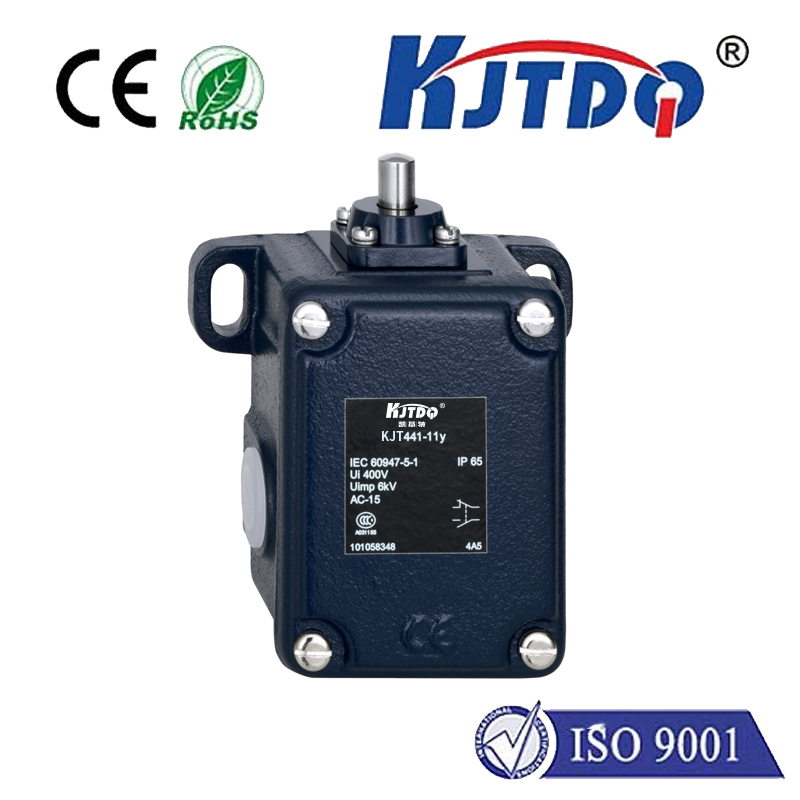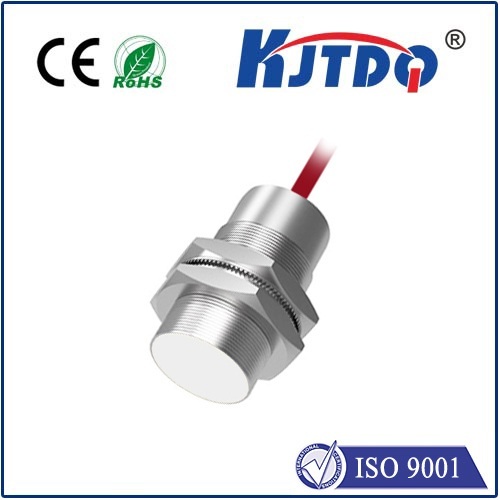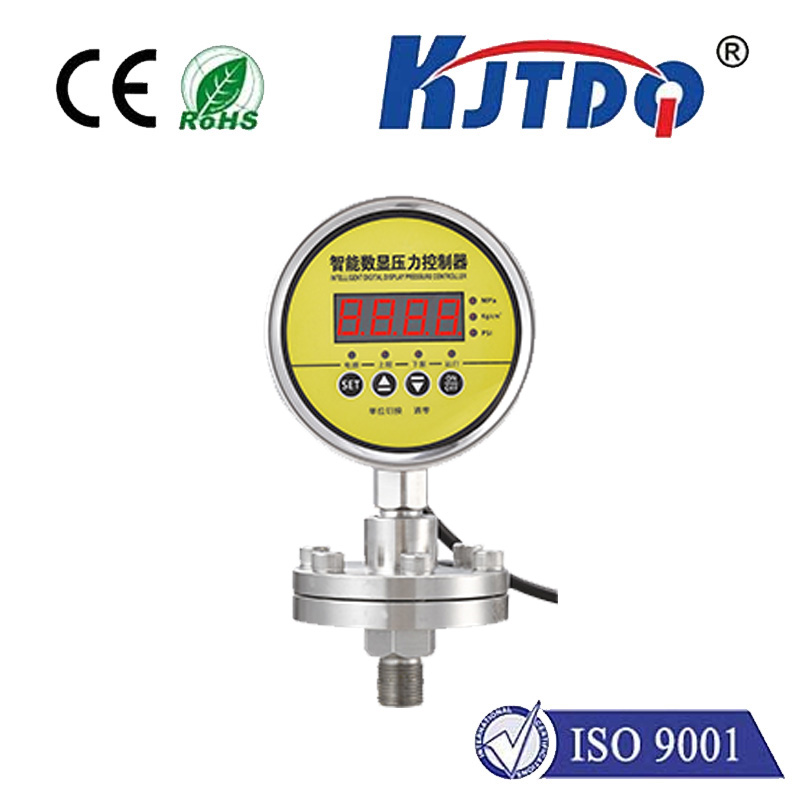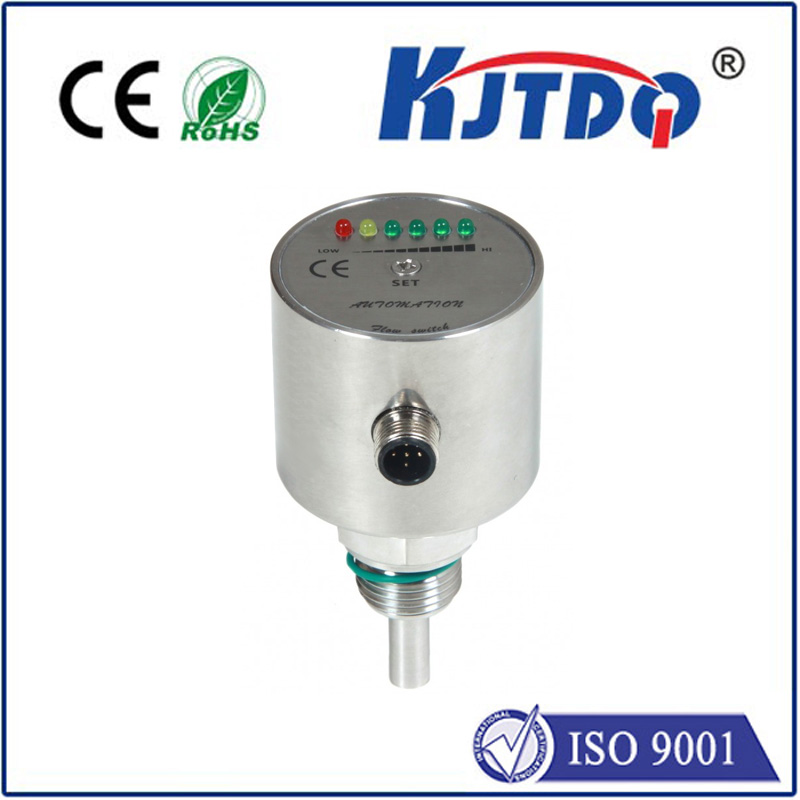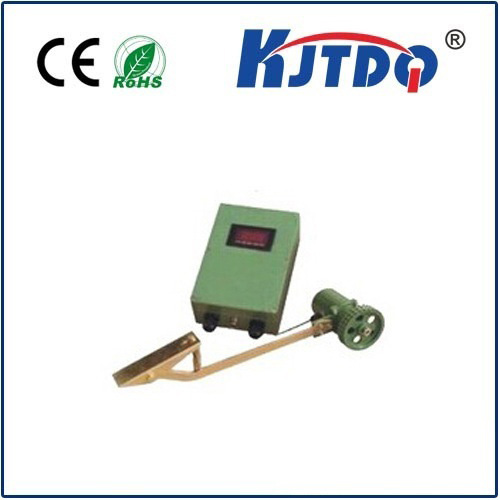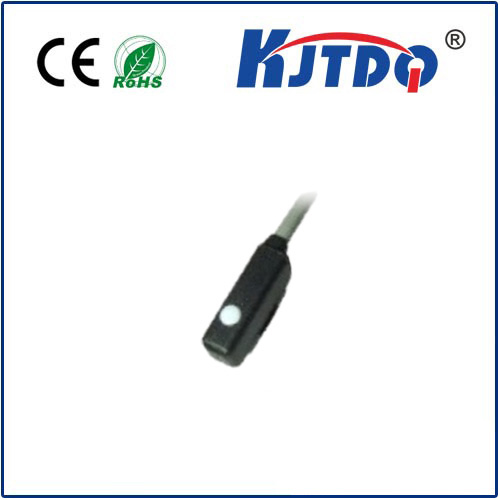short note on proximity sensor
- time:2025-07-17 08:42:27
- Click:0
Proximity Sensors Demystified: The Invisible Detectives in Everyday Tech
Ever wonder how your smartphone screen magically turns off when you hold it to your ear during a call? Or how modern vehicles warn you about obstacles as you park? Perhaps you’ve marveled at factory robots working safely alongside humans. The unsung hero enabling these feats, and countless others, is the proximity sensor. These compact, intelligent devices are masters of detecting the presence or absence of nearby objects without physical contact, operating silently behind the scenes to enhance convenience, improve safety, and drive automation. Understanding how they work and where they’re used reveals just how pervasive and vital this fundamental sensing technology truly is.
The Core Principle: Sensing Without Touch
At its heart, a proximity sensor is an electronic device designed to detect the presence of an object within a defined range – its detection field. Crucially, it accomplishes this non-contact detection, meaning it doesn’t need to touch the target. This inherently makes it more reliable and wear-resistant compared to mechanical switches.
Proximity sensors work by either generating an electromagnetic field, emitting light (often infrared), or utilizing ultrasonic sound waves. When a target object enters this field, it causes a measurable change – such as altering the field’s properties, reflecting light/sound back, or absorbing specific wavelengths. The sensor detects this change and converts it into an electrical signal (typically turning ON or OFF a solid-state switch). This signal is then used by the controlling system (like a phone’s processor, a car’s computer, or an industrial PLC) to trigger an action – like blanking a screen, activating an alarm, or controlling a machine’s movement.
A Diverse Toolkit: Common Types of Proximity Sensors
Different environments and target materials demand different sensing methods. Here are the most prevalent types:
- Inductive Proximity Sensors:
- Principle: Generate an oscillating electromagnetic field using a coil. When a metallic (ferrous or non-ferrous) object enters this field, it induces small eddy currents on the object’s surface. This dampens the oscillation, which the sensor detects.
- Key Advantage: Highly reliable, robust, unaffected by dust, oil, or water splashes (common in industrial settings). Only detect metals.
- Common Uses: Machine tool position sensing, valve position monitoring, object counting on conveyors (for metal parts), robotic arm positioning.
- Capacitive Proximity Sensors:
- Principle: Create an electrostatic field between two electrodes. When any object (metal, plastic, wood, liquid, granular material) enters this field, it alters the capacitance. The sensor detects this change. Sensitivity can often be adjusted.
- Key Advantage: Can detect a wide variety of materials, including non-metals and liquids. Useful for level detection.
- Common Uses: Liquid level detection in tanks, detecting plastic caps on bottles, material presence sensing (powders, grains), touch-sensitive controls (like touch lamps).
- Photoelectric Sensors:
- Principle: Emit a beam of light (usually infrared or visible laser) and detect changes in the received light. Three main configurations exist:
- Through-beam: Separate emitter and receiver; object detected when beam is broken.
- Retro-reflective: Emitter and receiver together; object detected by interrupting beam reflected off a reflector.
- Diffuse reflective: Emitter and receiver together; object detected by reflecting the beam back to the receiver.
- Key Advantage: Longer sensing ranges possible, can detect small objects, colors (with specialized types), or transparency.
- Common Uses: Object counting on high-speed production lines, detecting labels or transparencies, security beam systems, product sorting.
- Ultrasonic Proximity Sensors:
- Principle: Emit high-frequency sound waves and measure the time it takes for the echo to return after bouncing off an object. Distance can be calculated (
distance = speed of sound * time of flight / 2).
- Key Advantage: Can detect a wide variety of surfaces regardless of color, transparency, or material composition (though soft materials absorb sound). Good for distance measurement.
- Common Uses: Parking assistance (sonar), level measurement in bins, presence detection in robotics, collision avoidance.
- Magnetic Proximity Sensors (Reed Switches/Hall Effect):
- Principle: Reed switches use magnetically sensitive contacts that close when a permanent magnet approaches. Hall Effect sensors generate a voltage when exposed to a magnetic field.
- Key Advantage: Simple, reliable for detecting magnets. Low power consumption.
- Common Uses: Door/window position sensing in security systems, speed sensing (detecting rotating magnets), position sensing in machinery.
Where They Make a Difference: Ubiquitous Applications
The ability to sense presence or absence reliably, without contact, makes proximity sensors indispensable across numerous sectors:
- Consumer Electronics: The most familiar example! They turn off smartphone and tablet screens during calls (preventing accidental touches), enable smart cover functionality on laptops, and power touchless faucets or soap dispensers. Their compact size and low power consumption are critical here.
- Automotive Industry: Park-assist systems rely heavily on ultrasonic and sometimes radar proximity sensors. They detect obstacles around the vehicle. They’re also used for seat occupancy detection (for airbag control), gear position sensing, and hands-free trunk opening.
- Industrial Automation: This is arguably their most critical battlefield. Proximity sensors provide vital feedback for:
- Positioning: Verifying cylinders are extended/retracted, parts are aligned correctly.
- Object Detection: Counting parts on conveyors, verifying presence for process initiation.
- End-of-Travel: Safely stopping moving parts at limits.
- Level Control: Detecting material fill levels in tanks or hoppers (capacitive, ultrasonic).
- Safety Interlocks: Ensuring machine guards are closed before operation begins. Inductive sensors dominate due to their ruggedness and immunity to harsh environments (oil, coolant, vibration).
- Robotics: Enabling robots to sense their environment for object handling, collision avoidance (especially collaborative robots - ‘cobots’), and precise positioning. Multiple sensor types are used depending on the task.
- Security Systems: Magnetic sensors on doors/windows, motion detectors (often using passive infrared with proximity elements), and beam-break sensors for perimeter security.
- Home Appliances: Detecting door closure on microwaves/washing machines, touchless controls on ovens, level sensing in coffee makers.
- Aviation & Aerospace: Landing gear position detection, flap position sensing, proximity warnings.
Why They’re Essential: Advantages Galore
The widespread adoption of proximity sensor technology is driven by compelling advantages:
- Non-Contact Operation: Eliminates mechanical wear, extends lifespan dramatically, and allows detection of fragile or easily damaged objects.
- High Reliability & Long Life: Solid-state designs (no moving parts in most types) are inherently reliable and resistant to shock/vibration.
- Fast Response Times: Ideal for high-speed processes and automation.
- Environmentally Resistant: Sealed housings allow many types (especially inductive) to operate reliably in harsh industrial environments with dirt, dust, moisture, and chemicals.
- Versatility: Different types cater to detecting a vast array of target materials and operating conditions. This flexibility is key to their success.
- Simple Integration: Typically provide straightforward digital (ON/OFF) or analog outputs easily interfaced with controllers and PLCs.
Considerations: No Technology is Perfect
While incredibly useful, proximity





